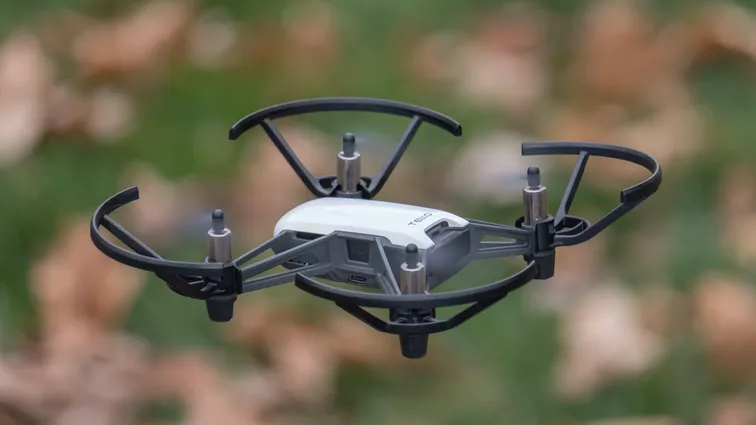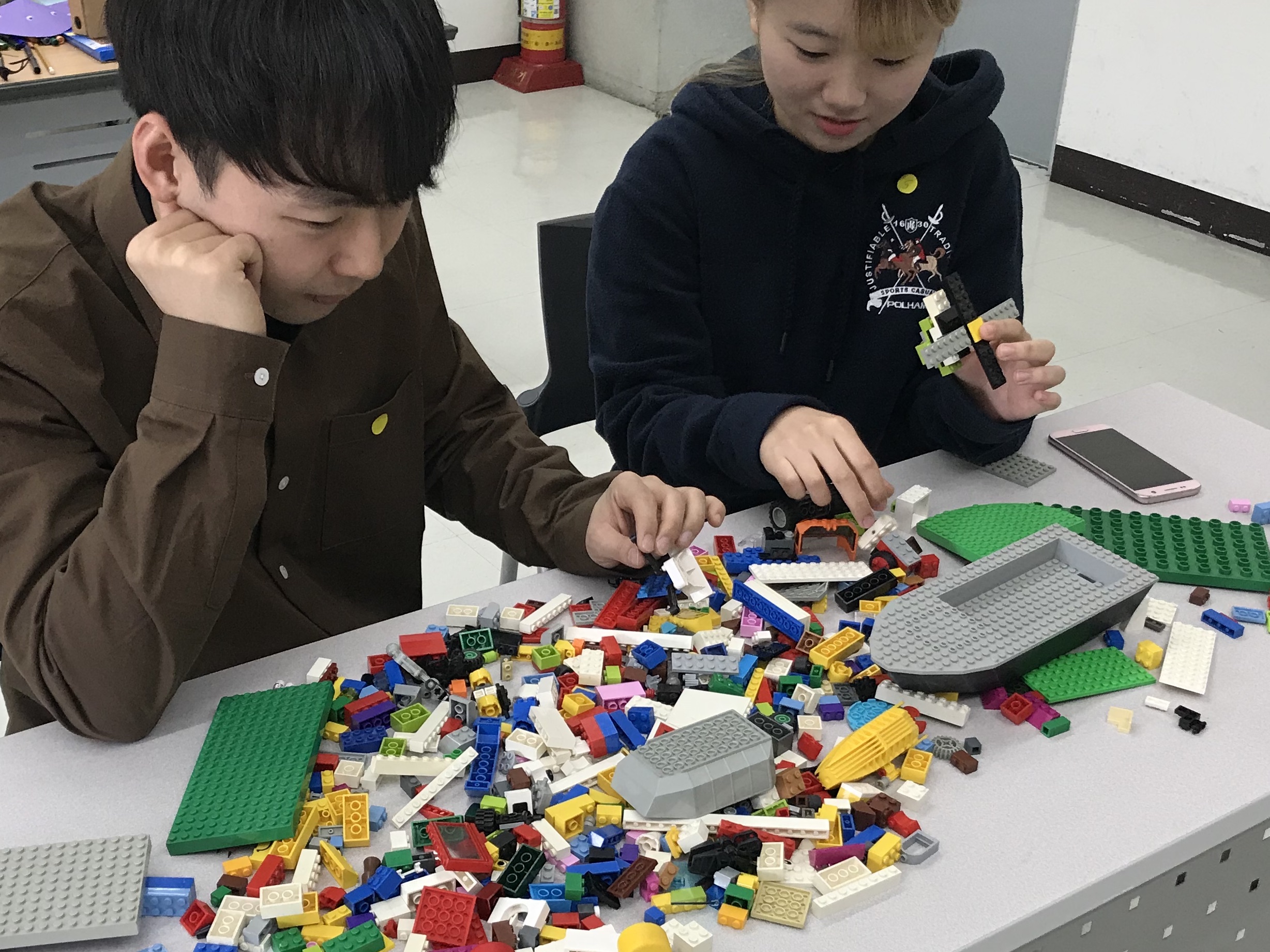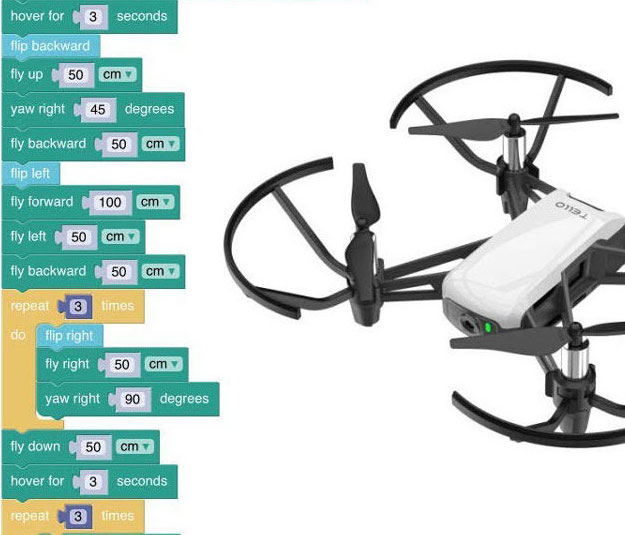Date: Wednesday, April 29th, 2020
Time: 4pm - 5.15pm
Location: TBD
Instructor: Jessica Cauchard
CHI Program Link
Slides: [To be posted after CHI]

Drones are becoming increasingly interactive and offer novel opportunities for mobile interactions. This hands-on course will present rapid prototyping techniques for designing drone interfaces. We will use physical prototyping to approach participatory design techniques when designing future interactions, and digital prototyping tools with small-sized drones using Python (with an option for visual programming) to implement part of the interaction. The course will include an introduction to the field of human-drone interaction and its methodologies, two hands-on prototyping sessions with physical materials and digital tools, and a presentation session where participants get to show off their prototypes!
This course invites researchers and practitioners to interested in the field to learn about human-drone interaction. In particular, two types of methodologies will be discussed and experienced in a hands-on workshop:
The participants will get a chance to imagine and interaction with a drone using physical prototyping and encode the drone’s response using digital prototyping. The goal of the course is to democratize the field of human-drone interaction by presenting participants with simple solutions to start working with drones. In terms of learning outcomes, participants will learn several methodologies for designing interactions with drones and will apply these methodologies while working in groups. During the course, participants will have the opportunity to give feedback to each other and think about future work in the area.
The course is designed for an audience that is new to or ex- cited about interacting with drones. Participants with basic HCI, user experience, or interaction design skills will find the contents of this course accessible. No prototyping or programming skills are required, although some familiarity with programming is helpful. Researchers, students, and practitioners can all benefit from the course.
The course is centered around 2 activities:
Participants will be given arts and craft material to create the physical design of an input technique for drone interaction. Several stations will be prepared with different sets of craft material (e.g., Modelling: Clay, foam blocks, and foam clay; Collage: Magazine clippings, specialty papers, and stickers; Lego blocks; Fabric: Felt, velvet, crepe paper, etc.). Each station will be given a theme corresponding to a novel application for human-drone interaction. For each station, participants will have 10 minutes to create and design an input technique for the given application. Each group will go through two stations. At the end of the activity, the groups will present their designs and discuss them with the rest of the class.

The participants will get a chance to imagine and interaction with a drone using physical prototyping and encode the drone’s response using digital prototyping. The goal of the course is to democratize the field of human-drone interaction by presenting participants with simple solutions to start working with drones. In terms of learning outcomes, participants will learn several methodologies for designing interactions with drones and will apply these methodologies while working in groups. During the course, participants will have the opportunity to give feedback to each other and think about future work in the area.
